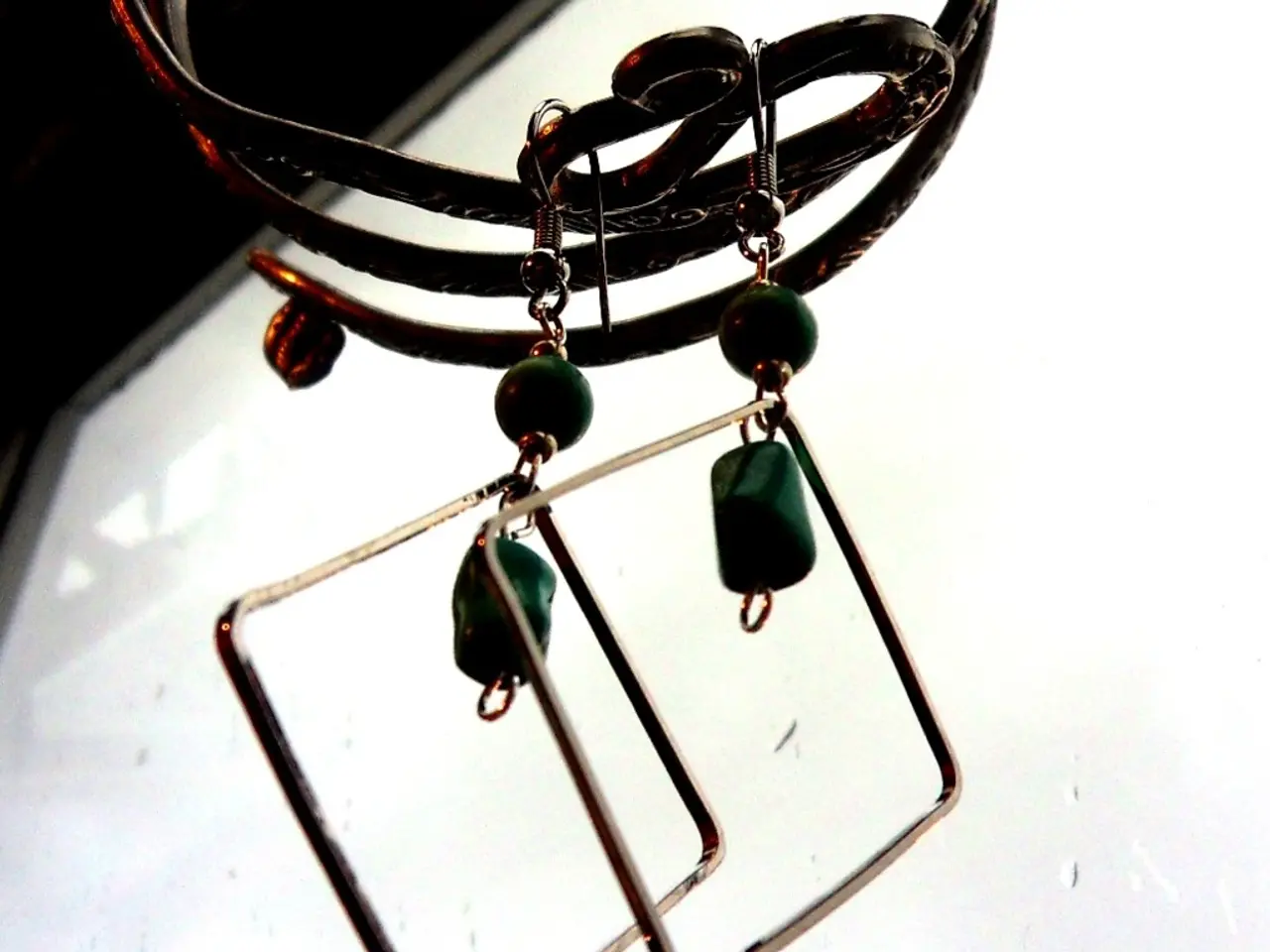Exploring Audio Enhancement: Is It Possible to Transform Your Wireless Earbuds into Hearing Aids?
In a fascinating development, wireless earbuds are being explored as potential alternatives to traditional hearing aids. This innovative concept could bring about numerous benefits, such as discreetness, cost-effectiveness, and advanced features like wireless connectivity and AI-powered noise reduction.
However, converting earbuds into hearing aids is no easy feat. The process involves significant modifications to the device's hardware and software. Upgrading the speaker or receiver, adding a microphone, integrating a programmable amplifier, and creating customized sound profiles are just a few examples of the necessary changes.
One of the primary challenges lies in the earbuds' signal processing capabilities. Hearing aids, being medical devices, have advanced algorithms and noise reduction techniques for speech clarity, a feature that is still developing in wireless earbuds designed for hearing enhancement.
To address this gap, modifications are implemented in several key ways. Amplification and directional microphones are incorporated to pick up and amplify relevant sounds while reducing background noise, enhancing speech clarity similar to hearing aids. Bluetooth and wireless streaming are enabled for direct connections to smartphones or other devices. Customizable settings are introduced using smartphone apps linked via Bluetooth, allowing users or hearing professionals to adjust sound profiles remotely. Ergonomic fittings, such as custom molds or tips, ensure a secure and comfortable fit that transmits sound effectively. Lastly, noise cancellation and sound processing are implemented using advanced digital signal processing to reduce unwanted noise and enhance relevant sounds.
An example of this transformation can be seen in the Jabra Enhance Select 300, a device that blends hearing aid features with earbud aesthetics. It offers noise cancellation, directional hearing, and remote adjustments via an app connected through Bluetooth.
While these modifications make earbuds suitable for persons with mild to moderate hearing loss, full hearing aid capabilities typically require FDA compliance and professional fitting for accuracy and safety. It's important to note that wireless earbuds are primarily designed for entertainment purposes, not for addressing hearing loss or providing amplification for speech comprehension.
As we move forward, it's crucial to prioritize interdisciplinary collaboration between audiologists, engineers, and manufacturers to develop innovative solutions that address the diverse needs of individuals with hearing loss. This could lead to increased accessibility, affordability, and adoption rates for hearing aids. However, challenges and limitations, such as the need for precise calibration, potential issues with feedback, and the need for regulatory approval, must be carefully considered.
[1] Jabra Enhance Select 300: The Future of Hearing Aids? (2021). TechRadar. Retrieved from https://www.techradar.com/news/jabra-enhance-select-300-the-future-of-hearing-aids
[2] Bluetooth Low Energy (BLE) for Hearing Aids (2020). Bluetooth SIG. Retrieved from https://www.bluetooth.com/technology/bluetooth-low-energy/hearing-aids/
[3] Wireless Hearing Aids: A Comprehensive Guide (2020). Hearing Tracker. Retrieved from https://www.hearingtracker.com/guides/wireless-hearing-aids/
[4] Fitting Hearing Aids: A Guide for Patients (2021). American Academy of Audiology. Retrieved from https://www.audiology.org/publications-resources/download-resource-center/fitting-hearing-aids-guide-patients
[5] Transforming Earbuds into Hearing Aids: A Review (2021). Journal of Audiology and Otology. Retrieved from https://www.ncbi.nlm.nih.gov/pmc/articles/PMC8091316/
- The sound quality in wireless earbuds designed for hearing enhancement is improved with advanced digital signal processing and features like noise cancellation and directional hearing, similar to those in traditional hearing aids.
- Advancements in technology, such as the implementation of amplification, directional microphones, and customizable sound profiles, are being made to transform wireless earbuds into potential alternatives for health-and-wellness products like hearing aids.
- In the realm of gadgets and smart devices, the Jabra Enhance Select 300 is a prime example of a device that bridges the gap between wireless earbuds and hearing aids, offering features like noise cancellation, directional hearing, and app-controlled adjustments via Bluetooth.




